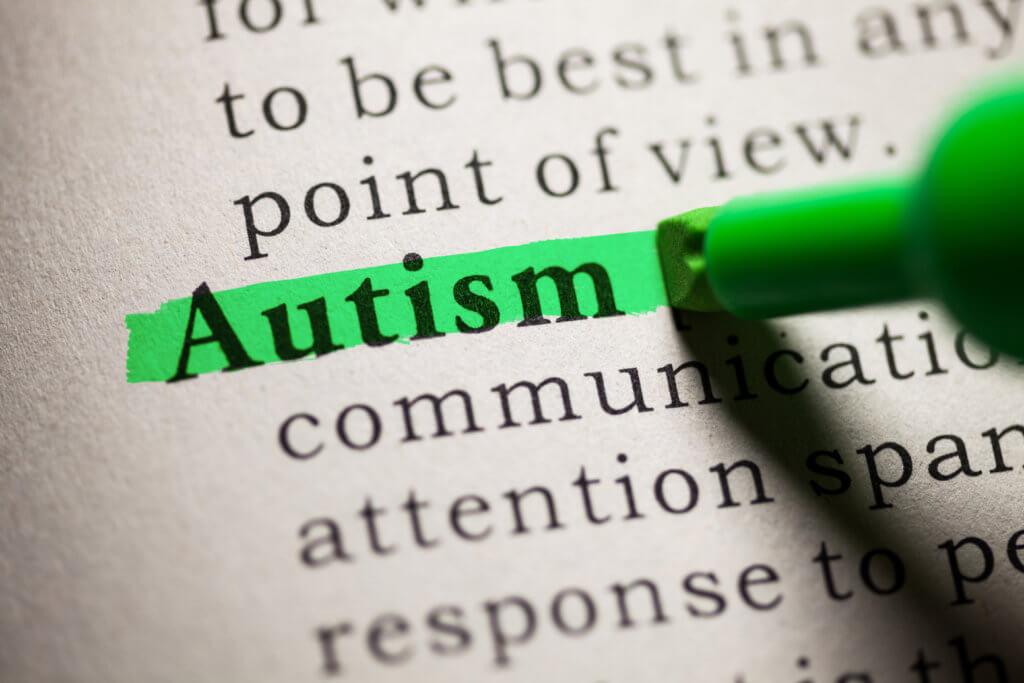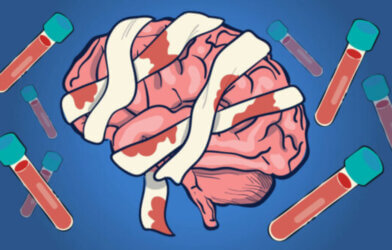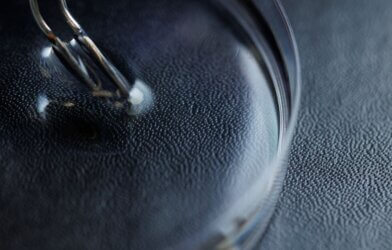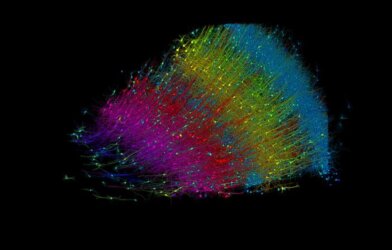Autism spectrum disorder (ASD) is a complex condition that affects millions worldwide, yet its causes remain enigmatic. The disorder manifests in a wide range of symptoms and severities, making it challenging to pinpoint a single underlying mechanism. However, scientists at the University of Virginia (UVA) have introduced a promising new approach that could revolutionize our understanding of autism and pave the way for targeted treatments.
The research team, spearheaded by Benjamin Newman, a postdoctoral researcher in UVA’s Department of Psychology, and John Darrell Van Horn, a professor of psychology and data science, employed an innovative technique called diffusion MRI to delve into the intricate world of brain microstructure. This powerful tool allowed them to observe how water molecules move through the brain and interact with cellular membranes, revealing previously unseen differences between the brains of individuals with ASD and those without.
“It hasn’t been well understood what those differences might be,” said Newman, the lead author of the paper published in PLOS One, in a media release. “This new approach looks at the neuronal differences contributing to the etiology of autism spectrum disorder.”
The secret lies in the brain’s wiring – the intricate network of neurons that transmit electrical signals across the vast expanses of the brain. Drawing inspiration from the Nobel Prize-winning work of Alan Hodgkin and Andrew Huxley, who described the electrochemical conductivity of neurons, the UVA researchers applied these concepts to understand how this conductivity differs in individuals with ASD.
The result is a first-of-its-kind metric that quantifies the conductivity of neural axons and their capacity to carry information through the brain. This innovative approach revealed that individuals with autism have differences in the diameter of their brain’s microstructural components, which can slow down the conduction of electrical signals.
“What we’re seeing is that there’s a difference in the diameter of the microstructural components in the brains of autistic people that can cause them to conduct electricity slower,” explained Newman. “It’s the structure that constrains how the function of the brain works.”
Remarkably, the study also found evidence linking these microstructural differences directly to participants’ scores on the Social Communication Questionnaire, a widely used diagnostic tool for autism spectrum disorder. This finding suggests that the novel metric not only sheds light on the neurological underpinnings of autism but could also serve as a valuable biomarker for diagnosis.
Professor Van Horn emphasized the significance of this research, stating, “This is the first time this kind of metric has been applied in a clinical population, and it sheds some interesting light on the origins of ASD.”
The implications of this study extend far beyond autism research. As Van Horn pointed out, the novel metric could also be applied to the examination, diagnosis, and treatment of other neurological disorders such as Parkinson’s and Alzheimer’s disease.
“This is a new tool for measuring the properties of neurons which we are particularly excited about. We are still exploring what we might be able to detect with it,” said Van Horn.
The UVA team’s findings are part of a larger initiative by the National Institute of Health’s Autism Center of Excellence (ACE), which aims to develop a precision medicine approach to autism. Kevin Pelphrey, a neuroscientist, expert on brain development, and the study’s principal investigator, highlighted the potential impact of this research:
“This study provides the foundation for a biological target to measure treatment response and allows us to identify avenues for future treatments to be developed.”
As we continue to unravel the complexities of autism spectrum disorder, this groundbreaking study offers a beacon of hope. By providing a new lens through which to view the brain’s intricate wiring, it brings us one step closer to understanding the diverse manifestations of ASD and developing targeted, personalized interventions that could transform lives. The journey ahead is long, but with innovative approaches like this, we stand poised to make significant strides in our quest to support and empower individuals on the autism spectrum.












